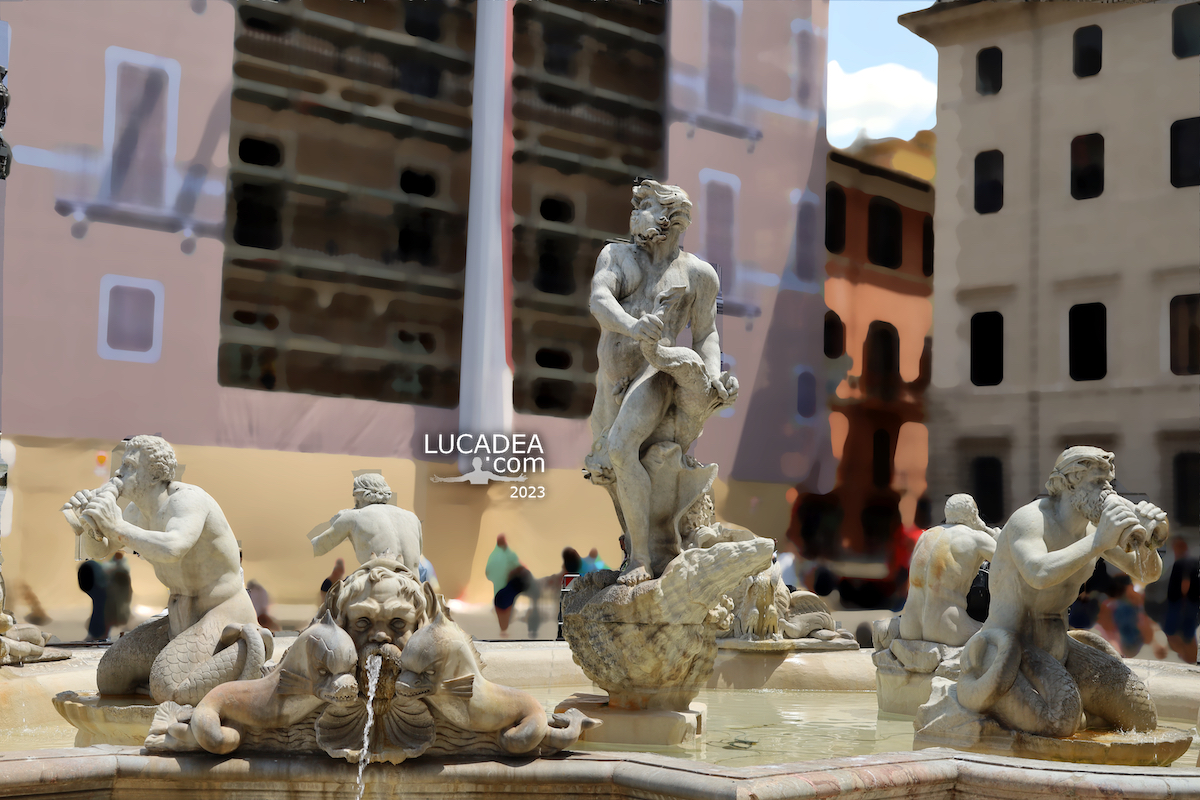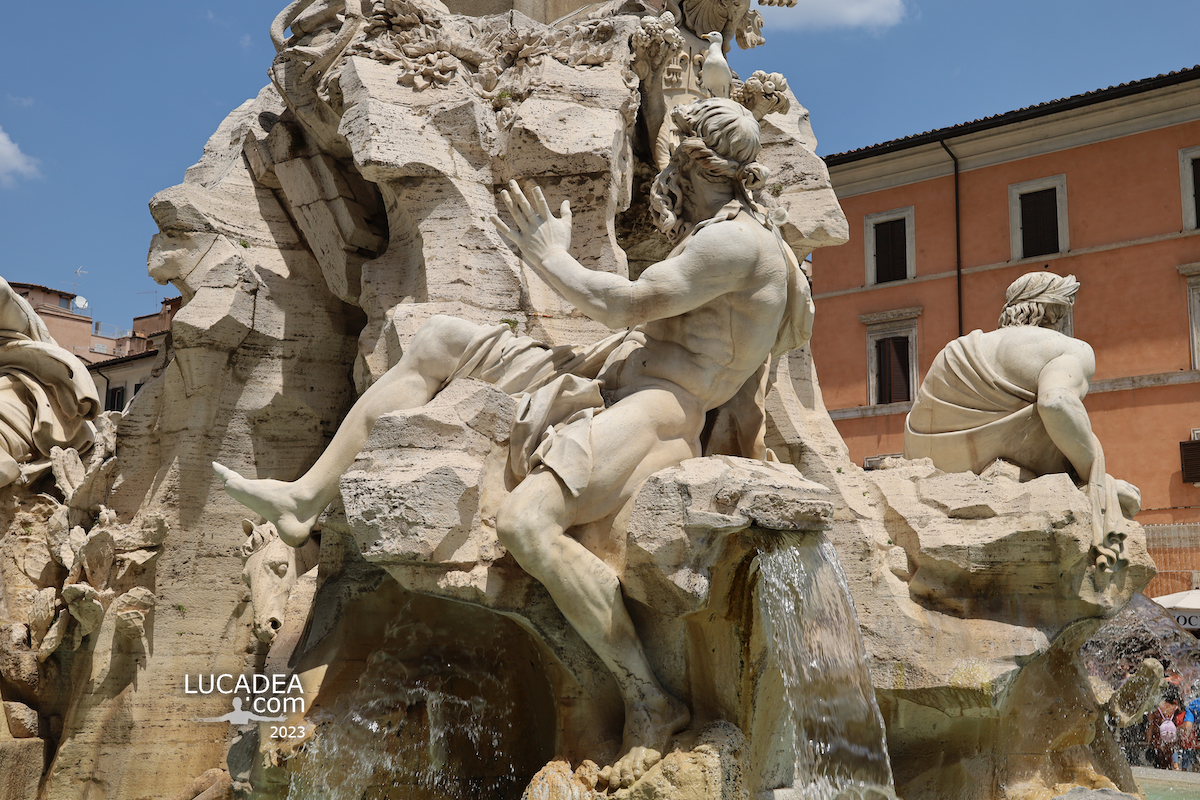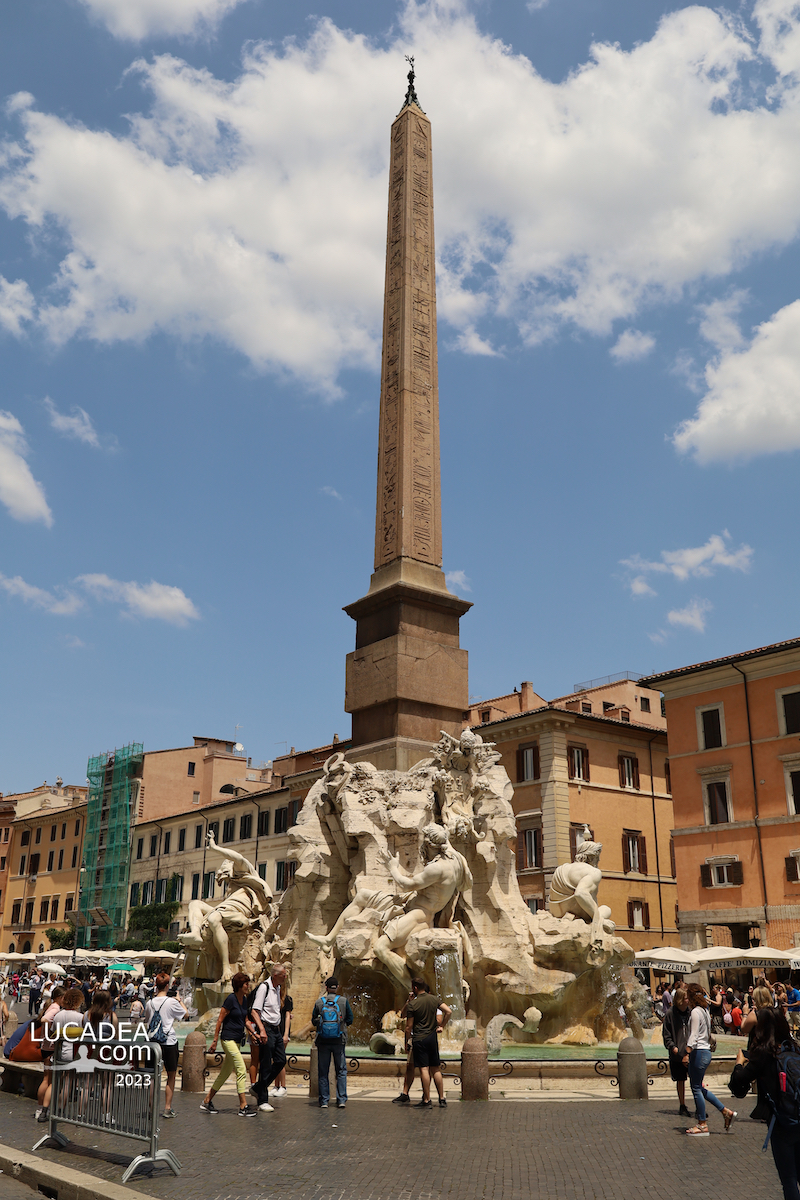Discovering the Obelisk of Minerva
Rome, the Eternal City, is a treasure trove of history and culture that reveals itself at every corner. Among the wonders that fascinate visitors from all over the world, there is a little-known jewel that stands majestically near the famous Piazza della Minerva: the Obelisk of Minerva.
The obelisk, which is over 5 meters tall, was originally carved in Ancient Egypt and placed in the Temple of Isis in Sais. However, its journey to Rome took place only in 1667, when Pope Alexander VII decided to place it in front of the Church of Santa Maria sopra Minerva. The famous sculptor Gian Lorenzo Bernini was commissioned to create a decorative base to support the obelisk.
The base of the obelisk is adorned with an elephant, a brilliant work by Bernini. This majestic animal supports the obelisk with its strong back, and every detail is made with extraordinary precision. The choice of the elephant as a support symbolizes strength and stability.
The presence of the obelisk in front of the Church of Santa Maria sopra Minerva is not accidental. Minerva, the Roman goddess of wisdom and war, is represented inside the church, and the obelisk underlines the importance of this mythological figure.
If you have the opportunity to visit Rome, do not miss the opportunity to admire this masterpiece. Stroll through the Piazza della Minerva, admire the extraordinary fusion between the ancient and the baroque, and discover the unique details that make this place so special.
The Obelisk of Minerva is more than just a monument; it is a fascinating piece of Rome’s history. Next time you find yourself in the Eternal City, stop by and be enchanted by the beauty and history this extraordinary place has to offer.
Have you ever seen this obelisk? Add a comment or go to the bottom of the site to read what other visitors have written.
Photo taken with Canon EOS RP and lens Canon RF 24-50.
Click here to see all the photos of Rome:

Where is the monument located:
The Obelisk of Minerva is one of the nine Egyptian obelisks of Rome, located in the Piazza della Minerva (the square of the Basilica of Santa Maria sopra Minerva). The obelisk is positioned on the back of a marble elephant, sculpted by Ercole Ferrata based on a design by Bernini in 1667; the entire monumental complex is also popularly known as the Pulcin della Minerva: “pulcino” in the dialect of the time meant “porcino”, referring to the elephant “for its small size and round shape”.
Continue and learn more on Wikipedia
Discovering the Minerva Obelisk: a hidden treasure in Rome – À la découverte de l’Obélisque de Minerve : un trésor caché à Rome – Descubriendo el Obelisco de Minerva: un tesoro escondido en Roma – Descobrindo o Obelisco de Minerva: um tesouro escondido em Roma – Entdecken Sie den Minerva-Obelisken: einen verborgenen Schatz in Rom – Khám phá Minerva Obelisk: kho báu ẩn giấu ở Rome – 发现密涅瓦方尖碑:罗马隐藏的宝藏 – ミネルヴァ オベリスクの発見: ローマの隠された宝物
The text of the post was written with the help of ChatGPT, a language model from OpenAI.






